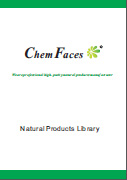| In vivo: |
| Toxicon. 1983;21(4):503-14. | | Potentiation by crotamine of the depolarizing effects of batrachotoxin, protoveratrine A and grayanotoxin I on the rat diaphragm.[Pubmed: 6312634] | The interactions between crotamine and tetrodotoxin and group II sodium channel toxins, including batrachotoxin, protoveratrine A and grayanotoxin I, were studied on the rat diaphragm muscle.
METHODS AND RESULTS:
When the diaphragm was pretreated with 0.1 micrograms crotamine/ml for 45 min (a condition known to depolarize the muscle by less than 3 mV, which is only 20% of the maximal depolarization induced by a saturating concentration of crotamine), the rate of depolarization by group II toxins was markedly enhanced and the time to reach the steady state depolarization was greatly shortened. The maximal depolarizations induced by each of the group II toxins, however, were not increased. Pretreatment with saturating concentrations of crotamine also caused no change of the steady state depolarization induced by batrachotoxin or grayanotoxin I. Moreover, pretreatment of the diaphragm with a high concentration of grayanotoxin I, whose effect is reversible, did not impede the depolarizing effect of crotamine. Tetrodotoxin restored the membrane potential, depolarized by crotamine, with 50% restoration at a concentration of 16 ng/ml, no matter whether a high (20 micrograms/ml) or a low (2 micrograms/ml) concentration of crotamine were used.
CONCLUSIONS:
The above results indicate that there is no competition between crotamine and group II toxins or between crotamine and tetrodotoxin. However, crotamine may affect the binding of group II toxins allosterically, increasing their affinity although the intrinsic activity may not be changed. |
|
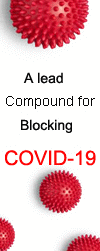
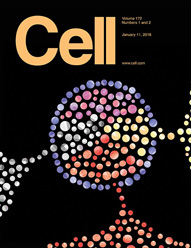 Cell. 2018 Jan 11;172(1-2):249-261.e12. doi: 10.1016/j.cell.2017.12.019.IF=36.216(2019)
Cell. 2018 Jan 11;172(1-2):249-261.e12. doi: 10.1016/j.cell.2017.12.019.IF=36.216(2019)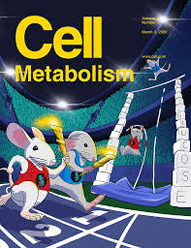 Cell Metab. 2020 Mar 3;31(3):534-548.e5. doi: 10.1016/j.cmet.2020.01.002.IF=22.415(2019)
Cell Metab. 2020 Mar 3;31(3):534-548.e5. doi: 10.1016/j.cmet.2020.01.002.IF=22.415(2019)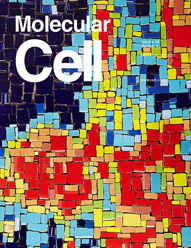 Mol Cell. 2017 Nov 16;68(4):673-685.e6. doi: 10.1016/j.molcel.2017.10.022.IF=14.548(2019)
Mol Cell. 2017 Nov 16;68(4):673-685.e6. doi: 10.1016/j.molcel.2017.10.022.IF=14.548(2019)